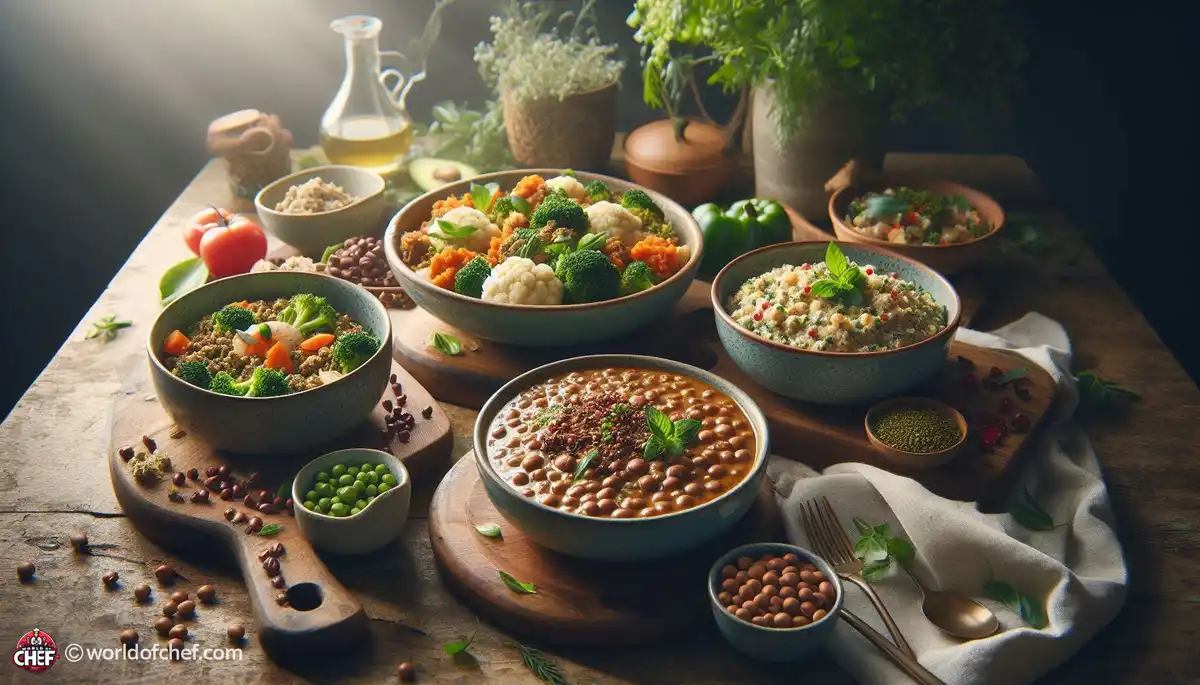
Dinner Delights: High-Fiber Recipes for Every Palate
Clarence Guido - Oct 7, 2024 - 7 min read

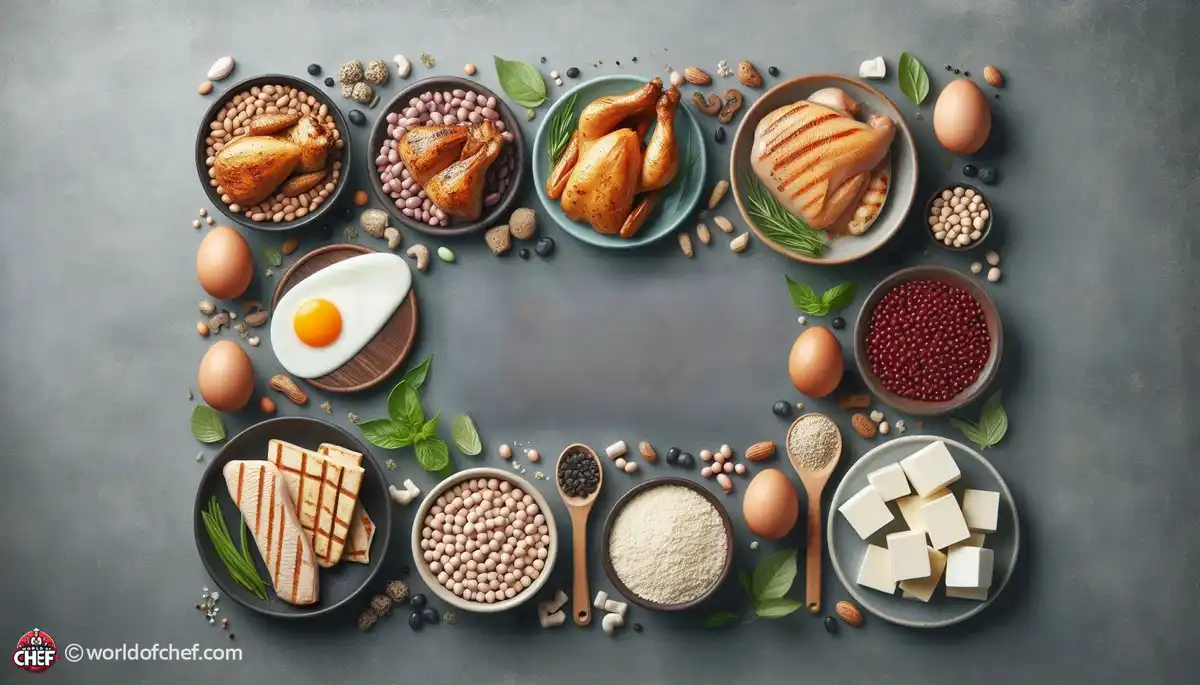
Lean proteins are the quiet heroes of your diet, working behind the scenes and quietly helping you to achieve your target weight loss. But what is a lean protein and why do you need it? In short, lean proteins have less fat, calories, yet contain much more content of protein. This makes them perfect for a weight loss goal without really losing muscle mass and maintaining that feeling of fullness after meals.
All calories are not equal. In fact, lean proteins provide much benefit for the achievement of weight loss goals more successfully. First and foremost, they give a boost in feelings of fullness and satiety, which decreases one's chances of overeating. Secondly, lean meat proteins better preserve your muscles as you are losing the body fat due to losing rather than muscular tissue. In addition, there is an assumption that since the content of leaner protein in any food means lower caloric intake or value of higher-fat diet products. Hence, include more of it in what you are preparing in order not to eat a lot calorie-rich stuff.
Now that you know how much importance lean proteins play in weight loss, how would you go about including these in your diet? Don't worry; there's a lot of tasty food around. You can include many types of skinless poultry like chicken and turkey for your diet. They provide the most excellent source of lean protein and can be prepared in countless ways. Fish is another good choice, and varieties like salmon, tuna, and cod are high in protein with minimal added fat. Plant-based choices include tofu, tempeh, and legumes like lentils and chickpeas-all are good sources of lean protein.
Quality is just as important as quantity when choosing lean proteins for weight loss. A more familiar term is the "amino acid composition" of a protein source-the extent to which it helps satisfy the body's demands. Animal-based proteins represent the complete proteins because of having all nine essential amino acids, which the body could not produce by itself, in their structure. As a result, plant-based proteins are incomplete because it cannot find all the essential amino acids present in one of these types. By incorporating a number of plant-based protein sources, such as beans and rice or peanut butter on whole grain bread, you could really have complete protein meals to do the trick just as efficiently for weight loss.
When buying your lean proteins, you also want to read labels closely and make smart decisions on choosing appropriate options. Be able to choose options that have less saturated fat and sodium, more protein per serving, and lean cuts of meat, such as loin or round cuts of beef or skinless poultry if you can. When you go to buy fish, go for the ones with lots of omega-3 fatty acids, like salmon or mackerel, for a few extra heart-healthy benefits. If choosing plant-based proteins, consider those that are minimally processed with no added sugars or unhealthy fats.
In addition, the way in which you prepare your lean proteins also plays an important role in the nutrient value and, ultimately, weight loss efficacy. You should avoid frying and sautéing using heavy oils or butter; instead use healthier methods, such as grilling, baking, or broiling. These techniques also retain the natural taste and texture of the protein without introducing extra calories and fat. You can also try marinades and seasonings to flavor without extra calories. For instance, you can marinate chicken breasts in a mixture of lemon juice, garlic, and herbs before grilling for a delicious and healthy meal.
Start your day with a protein-rich breakfast. It will keep your hunger at bay until you get to your next meal, curbing cravings in between. You can have eggs, Greek yogurt, or smoked salmon for your breakfast. For example, try a veggie-packed omelet with spinach, mushrooms, and feta cheese. Or make a high-protein overnight oats by mixing the rolled oats, Greek yogurt, chia seeds, with your favorite fruits.
Prepare a noontime meal to energize the body and focus the senses on lean protein such as grilled chicken or tofu, while a Healthy Lunch satisfies your taste buds with a colored salad made of mixed greens and cherry tomatoes, cucumbers, and grilled chicken breast. Or wrap your favorite lean protein in a whole grain tortilla and fill it with generous helpings of veggies so that you can have all of that on the move.
If you are looking for something warm and comforting then, make a hearty lentil soup with plenty of protein-packed lentils in combination with a variety of seasonal vegetables.
The time for dinnertime creativity with lean proteins is now. It is the best time to explore new flavors and ingredients when the sun is high in the sky and you grill some shrimp skewers with fresh vegetables. For a simple dinner, bake a piece of white fish with lemon juice squeezed over it and herbs sprinkled on top. When you are in the mood for something a little heartier, prepare a batch of turkey and black bean chili or stir-fry with a good amount of lean protein and colorful veggies.
It's easy to add lean proteins to your diet, but they will do a good job in supporting your weight loss efforts and your health as a whole. You can have healthy meals with a great taste by choosing high-quality protein sources, reading the labels, and trying different cooking methods. In summary, the next time you plan your meals, you should include lean proteins to make your diet healthy and tasteful.

Clarence Guido - Oct 7, 2024 - 7 min read
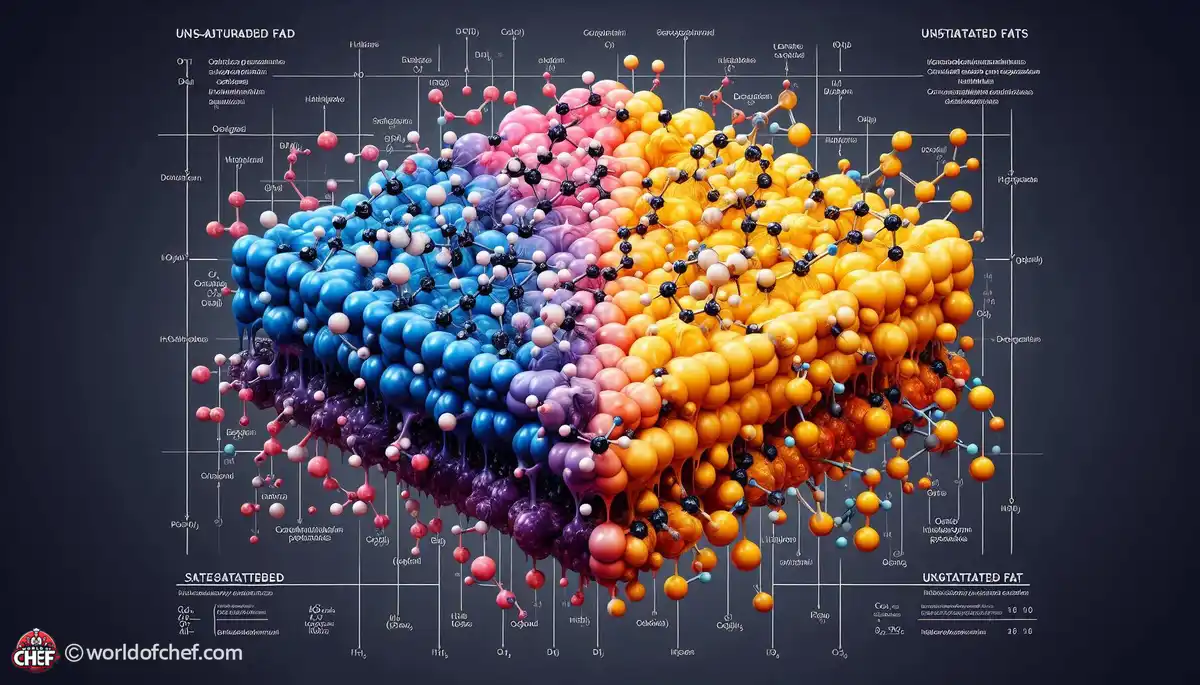
Lydia Timmerman - Oct 6, 2024 - 6 min read
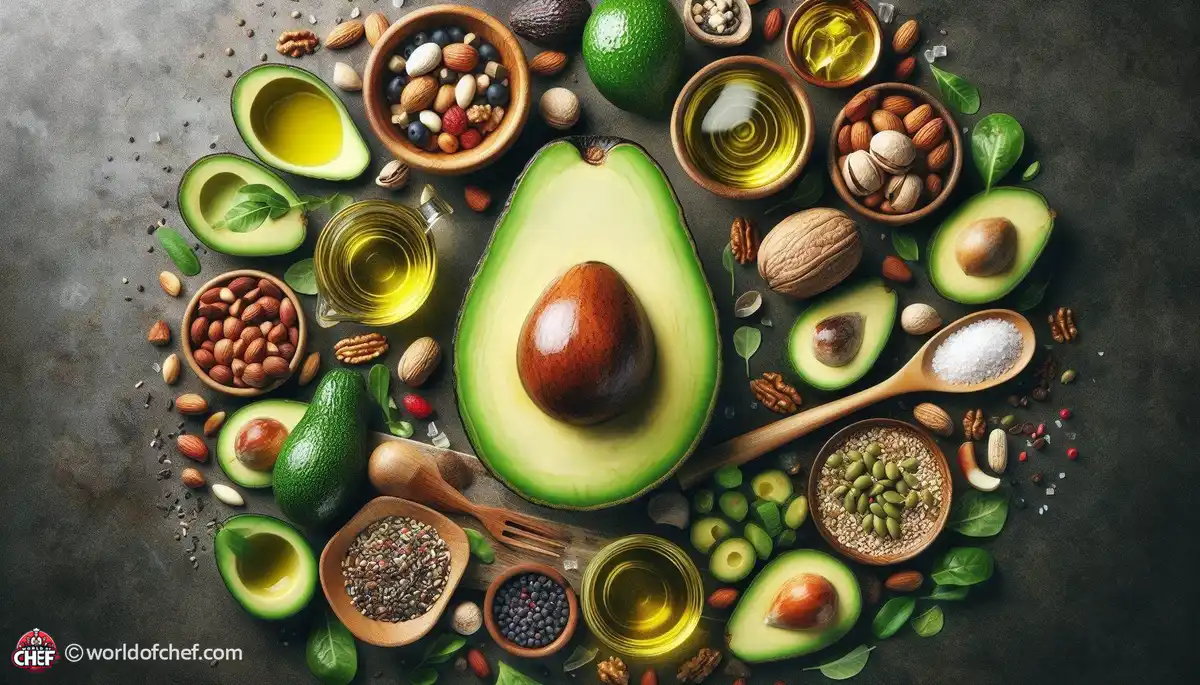
Logan Trowbridge - Oct 6, 2024 - 7 min read
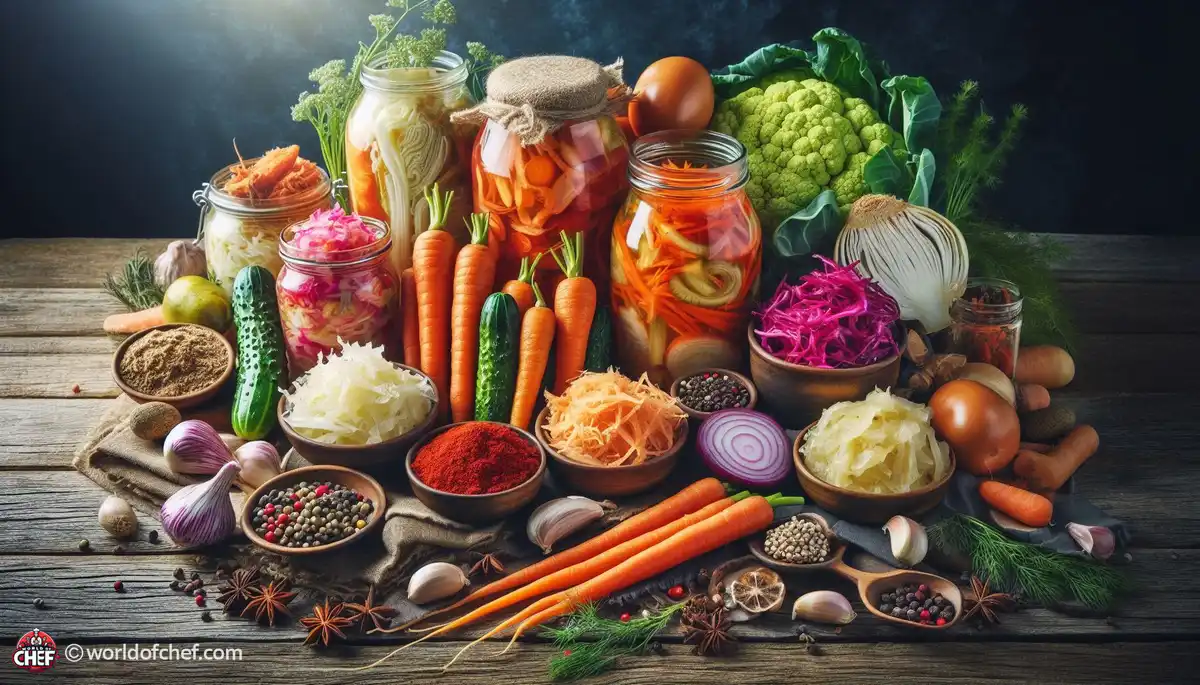
Harry Puga - Oct 3, 2024 - 9 min read